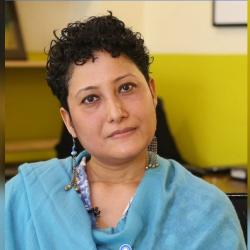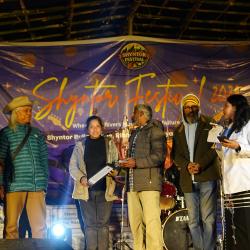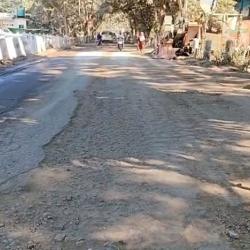Doctors and bidi victims welcomed the decision to categorize all tobacco products including bidis as demerit goods, taxing them at the highest tax rate at 28% under GST.
Taxing bidis, cigarettes and chewing tobacco products at the highest GST rate will not only discourage the consumption of tobacco products but will also increase revenue collections for the government.
“Categorizing all tobacco products at the highest GST rate, including bidis, is one of the boldest and most impactful public health decisions that central Government has taken to protect the health of its citizens from the growing menace of tobacco addiction.
Taxing bidis at 28% will prevent death and disease not only amongst millions of bidi users, but also amongst bidi workers who are mostly women and children,” said Dr. Ashok Kumar Das, Associate Professor of the Head and Oncology, Dr. B. Barooah Cancer Institute, Guwahati.
He also urged the Government not to succumb to the tobacco industry pressure to lower the tax slab on bidis and requested the GST council to levy additional cess on bidis so that it becomes even more inaccessible for the poor man. It is to be mentioned that the pro bidi lobby is trying to create a myth that bidis are safe and poor man’s only pleasure.
“By taxing bidi at the same rate as cigarettes and chewing tobacco, the government has assured that millions of bidi users will quit and millions of youth and children will be prevented from initiating tobacco usage,” Dr. Das added.
“The government's bold decision to tax bidis at the highest level gives us courage and confidence that the real voice of bidi victims has been heard and that the government is serious in addressing the enormous health harms that are faced by users,” said Chajal Kanti Das Purakasthya of Silchal, a throat cancer survivor.
Mr. Purakasthya was diagnosed with throat cancer due to his habit of smoking bidis and cigarettes.
Bidis are the most commonly used tobacco product in India, accounting for 64% of all tobacco consumption and are disproportionately consumed by the poor. Bidis contribute to the majority of the 10 lakh deaths attributable to tobacco as well as the staggering economic burden caused by tobacco use. Of relevance here is a 2008 report published by the Union Ministry of Health and Family Welfare.
“We have seen how he and our family have suffered due his habit of smoking bidis and cigarettes. We sincerely urged that the Government to continue to tax all tobacco products including bidis at the 28% GST so that no more families like us suffers in future,” said Ratna Purakasthya daughter of Chajal Kanti Das Purakasthya.
Oncologist and anti-tobacco activist Dr. Vishal Rao said “We cannot go on subsidizing death for the poor, and justify low taxes for bidis which is one of the most preventable causes of death in India for rural poor. By keeping bidis in the demerit goods category of GST, Government has demonstrated tremendous commitment towards safe guarding the health of poor in India and protecting them from the growing menace of tobacco products. This praise worthy step will go a long way in saving lakhs of lives and also reducing the Government spending on treating tobacco related diseases.”
According to the study on Economic Burden of Tobacco Related Diseases in India, the total economic costs attributable to tobacco use in Assam amounted to Rs 541 crores in the year 2011 for persons aged 35-69, of which 47% was direct medical costs and 53% was indirect morbidity costs.
The Global Adult Tobacco Survey (GATS) India 2009 – 10 by Ministry of Health & Family Welfare (MoHFW) reveals that about (39.3%) population of Assam is using tobacco product in one or the other of its form. Assam has 8.8% cigarette smokers, 5.3% bidi smokers and 32.7% use smokeless tobacco.
- 7034 reads









Add new comment